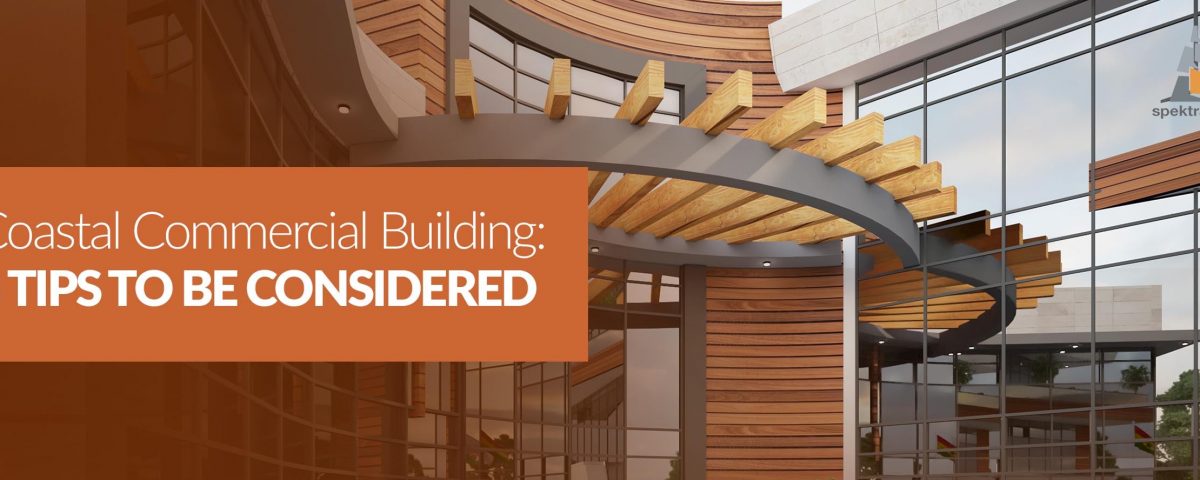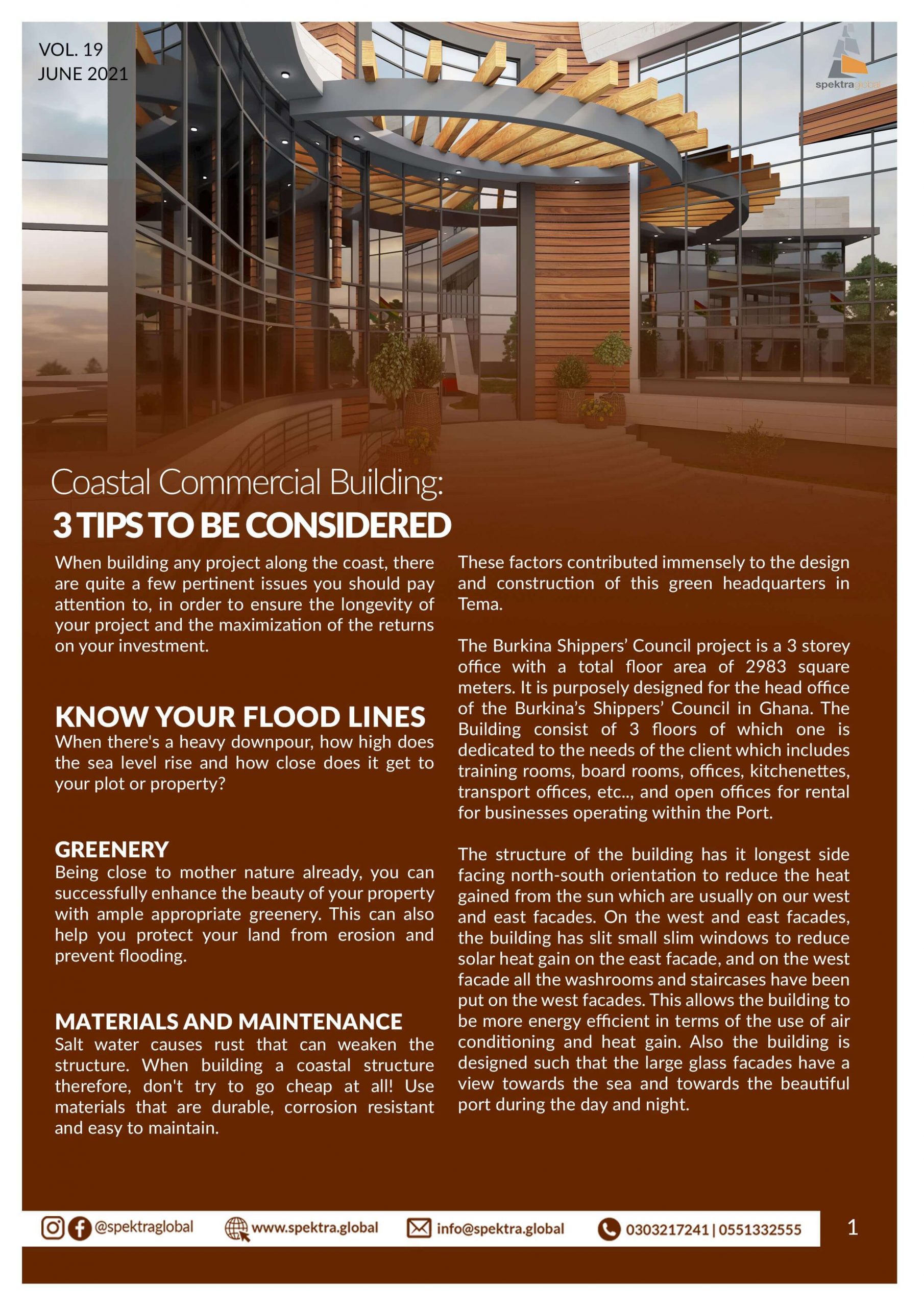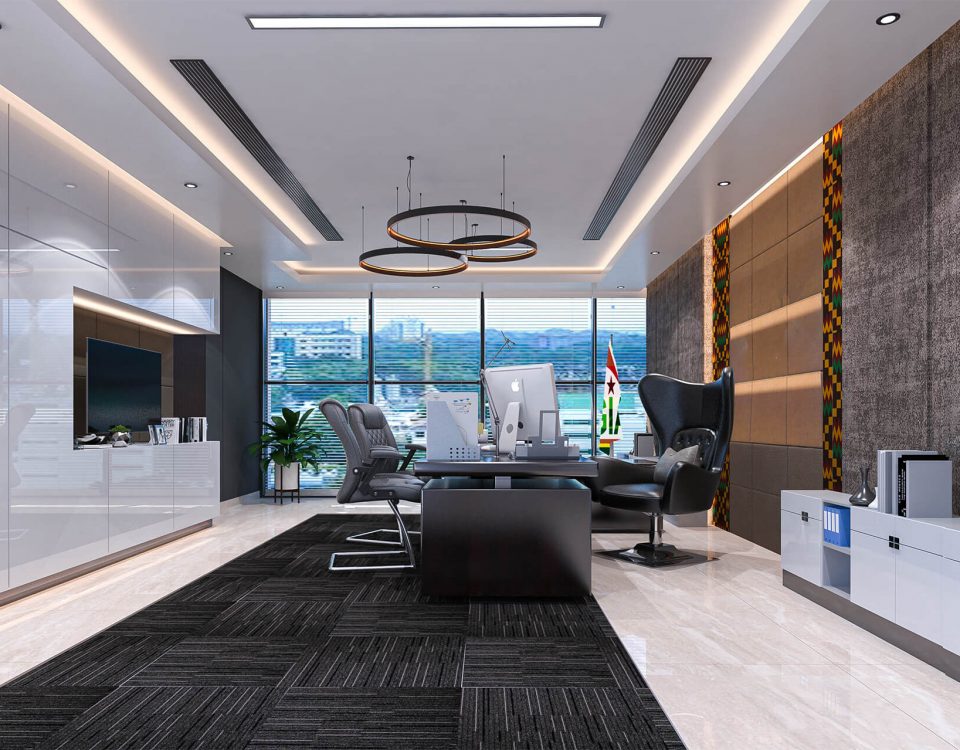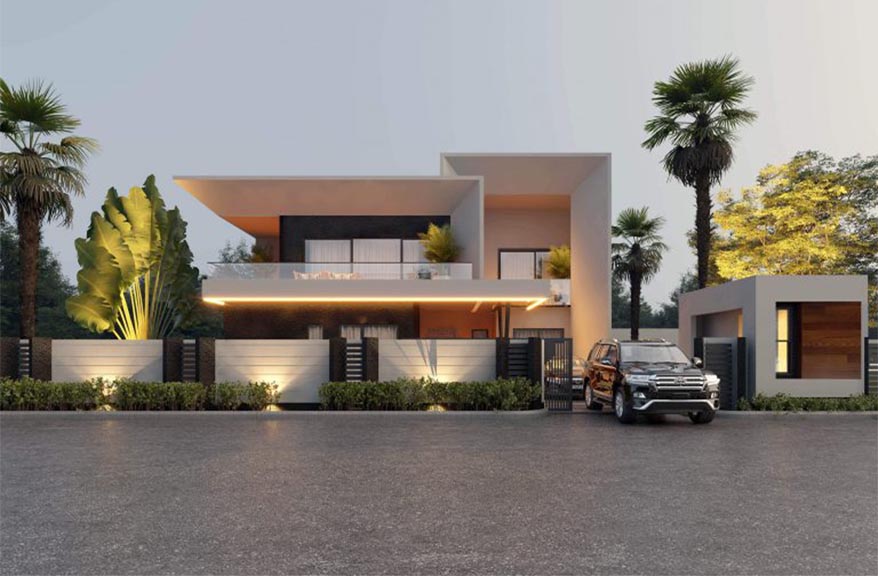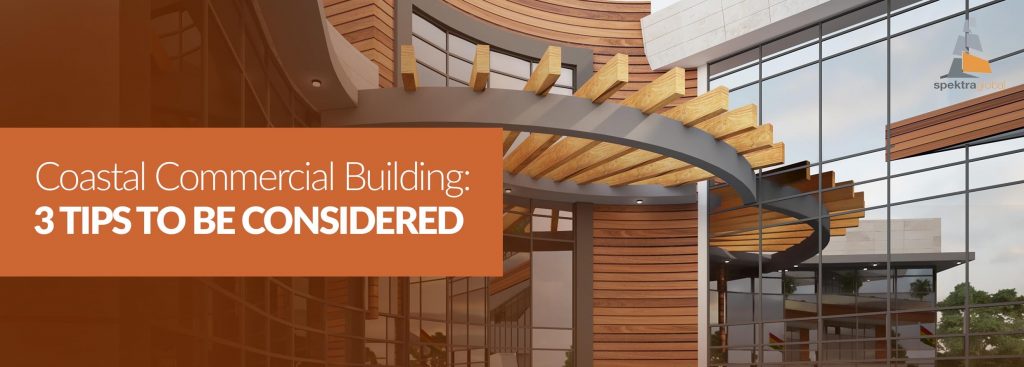
Turning Coastal Dreams into Reality: What You Need to Know Before Building by the Beach
Imagine waking up each morning to the rhythmic sound of sea waves, gentle breezes caressing your face, and panoramic views of a serene seashore. Then, as the day ends, you witness the sky come alive with a stunning sunset right from your doorstep. For many, this is the stuff of dreams but for you, it can become a reality.
Building your dream house or developing a commercial property along the coastline is more than just a construction project; it’s an opportunity to embrace a lifestyle defined by luxury, tranquillity and natural beauty. Coastal properties carry a unique allure, one that combines pleasure with prestige and relaxation with refinement.
However, as appealing as a beachfront project may sound, there are critical considerations that must be addressed to ensure your venture is successful. From regulatory compliance to structural planning, and from environmental impact to long-term maintenance, coastal developments come with their own set of challenges.
Let’s take you through when you want to build your house or develop any commercial property along the beach line. Having property along the beach is a beautiful thing. It connotes luxury, pleasure, relaxation.
There are still some key factors to note if you want to succeed with this coast line project.
Flood Lines: One of the first and most important factors to consider when planning to build or invest in coastal property is the flood line. Before purchasing any beachfront land, it’s crucial to investigate how the sea interacts with the property during different conditions. How high does the water rise during high tide? How far does it recede at low tide? When it rains heavily, how close does the floodwater get to the property? These are key questions that can determine whether the land is a wise investment or a potential risk. It will help you assess the safety, sustainability, and structural requirements of your project.
Choice Of Materials: The seaside environment is naturally harsh due to its high salt content and humidity, making material selection a critical aspect of any coastal construction project. Salt in the air can be highly corrosive, especially to metals and other standard building materials. It's essential to choose corrosion-resistant and weather-tolerant materials. Options like Corian, plasterboard, and certain types of treated wood perform well in coastal conditions. If you must use metal, it's important to treat it with marine-grade paint and apply anti-rust coatings to protect against corrosion. Natural materials such as granite, marble, and other durable stones are also excellent choices, offering both resilience and aesthetic appeal.
Views are Everything: One of the main reasons people invest in beachfront property is to enjoy the stunning natural scenery, so your building design should reflect that. Incorporate large, uninterrupted expanses of glass that invite in natural light and frame the beauty of the sea. Thoughtfully position your building to maximise the views of the ocean or surrounding landscape, allowing the environment to become a central feature of your space.
Erosion Control: Erosion control is another vital factor to consider when building along the coast. Even after assessing your flood lines, it's important to plan for the natural slope of coastal land, which typically directs surface water toward the sea. During heavy rains, this can lead to runoff and potential erosion if not properly managed. To prevent being caught off guard, you should implement effective drainage and erosion control measures on your property. Techniques such as installing retaining walls, incorporating strategic landscaping and using ground cover or greenery can help manage surface water flow and stabilise the soil.
Owning or developing a coastal property is indeed a beautiful thing it symbolises escape, elegance, and a deeper connection to nature.

